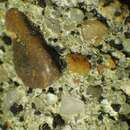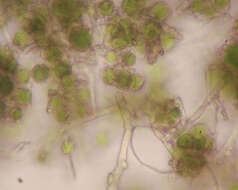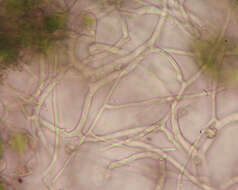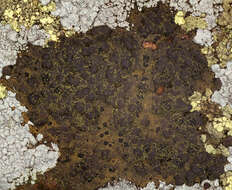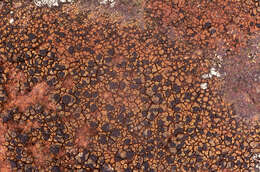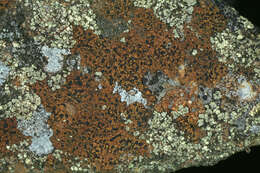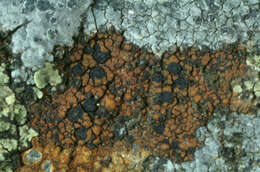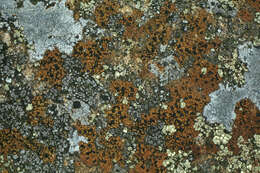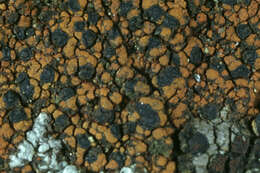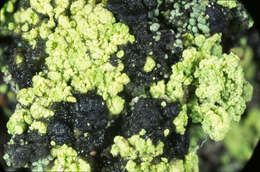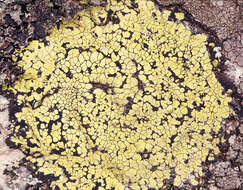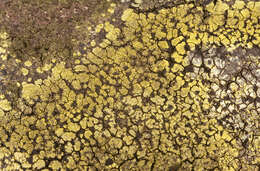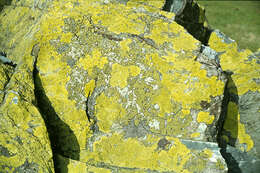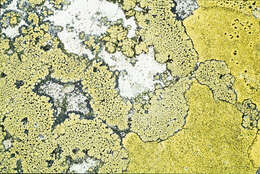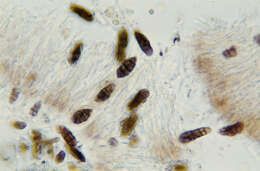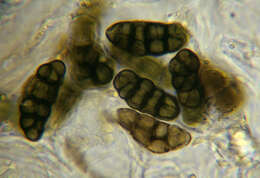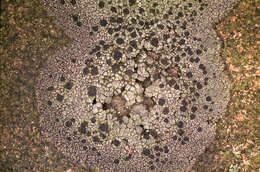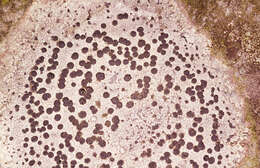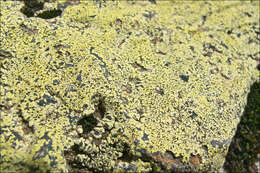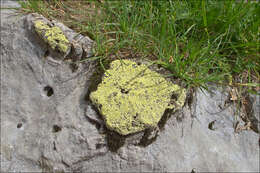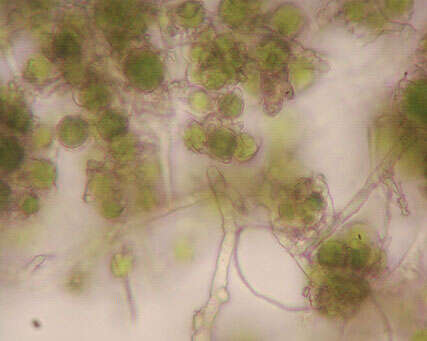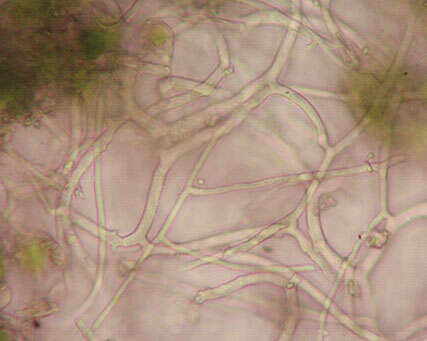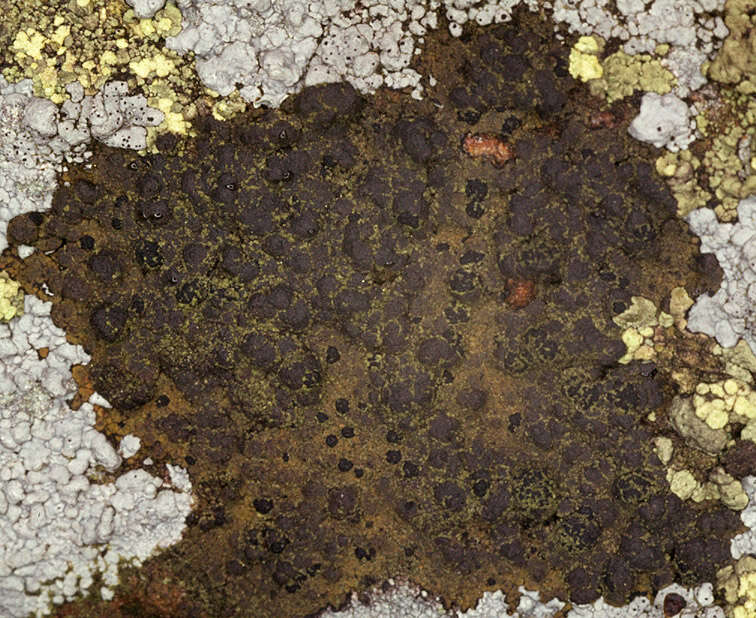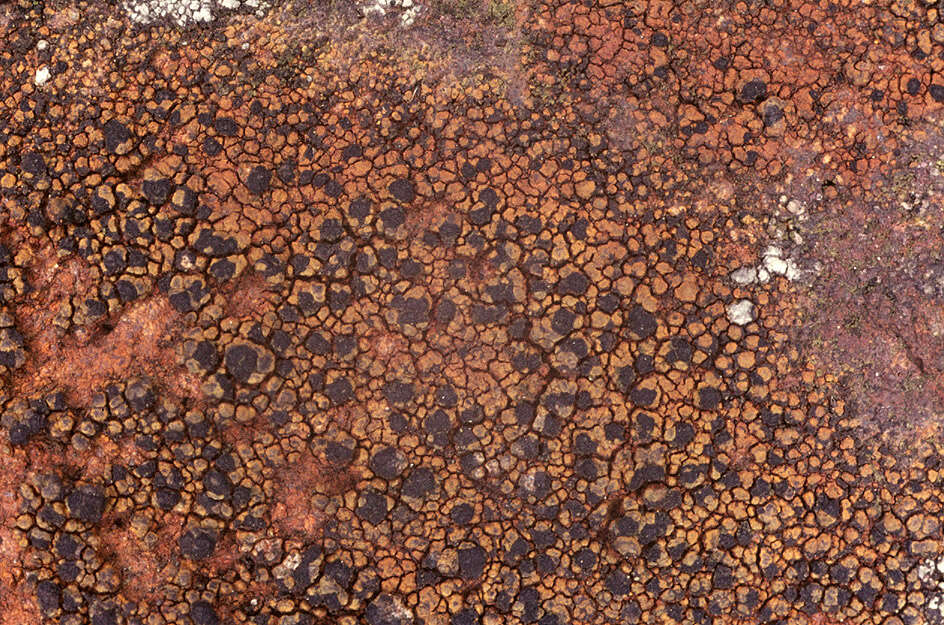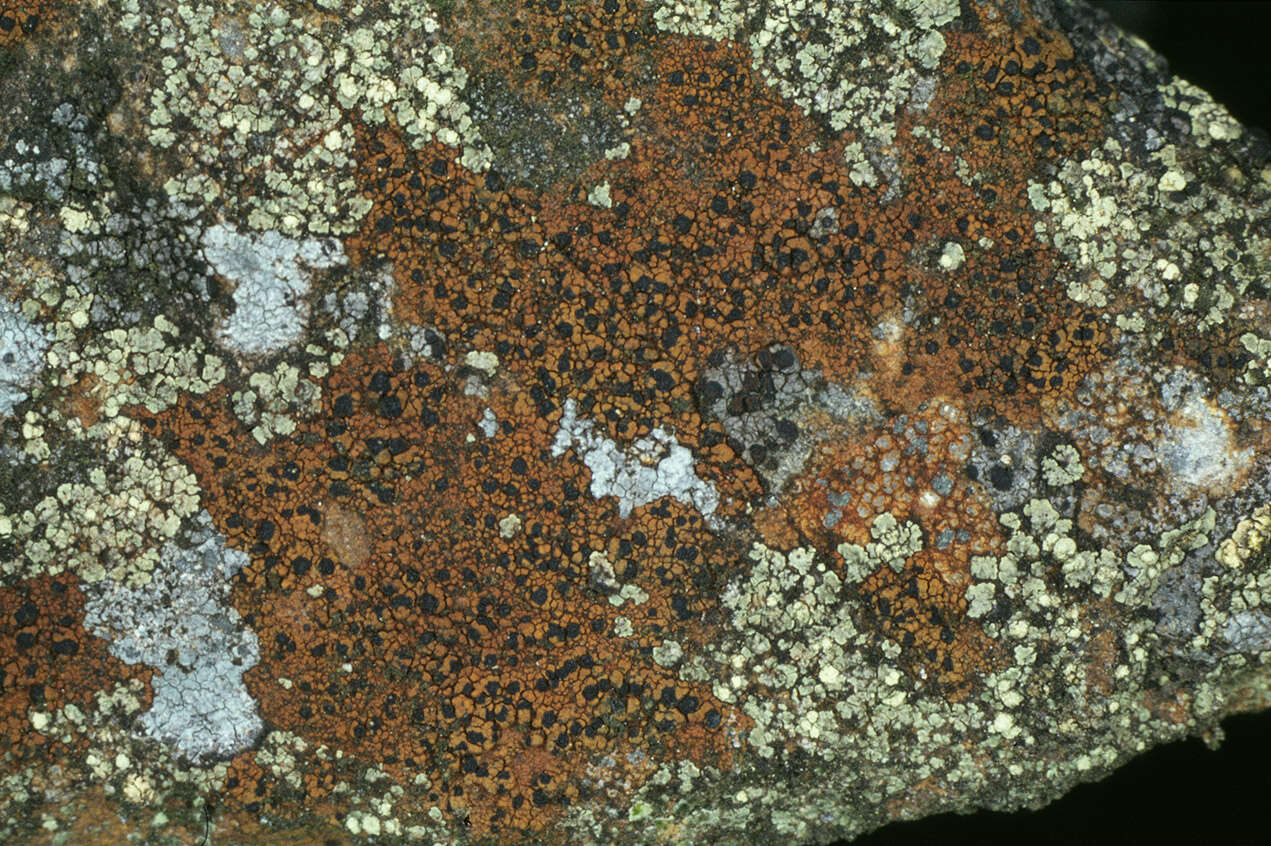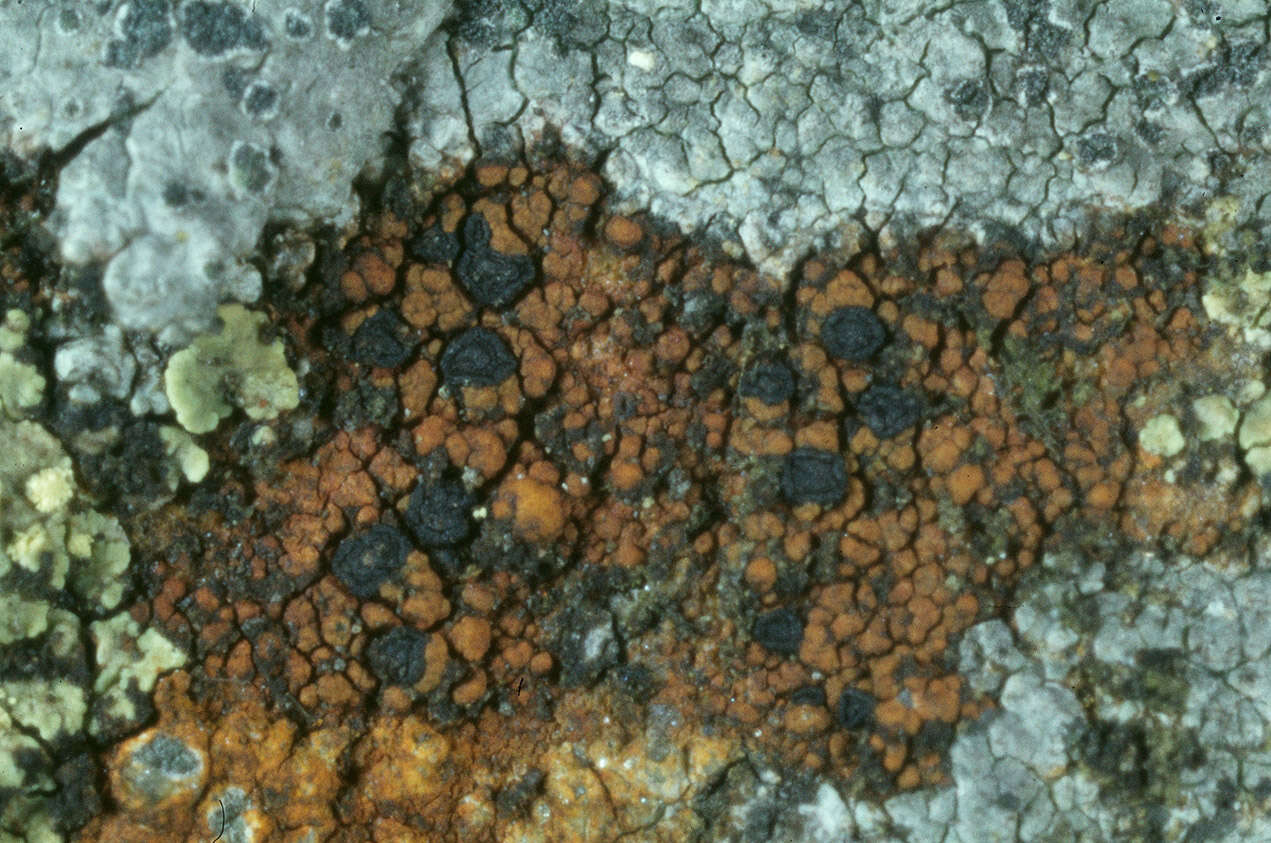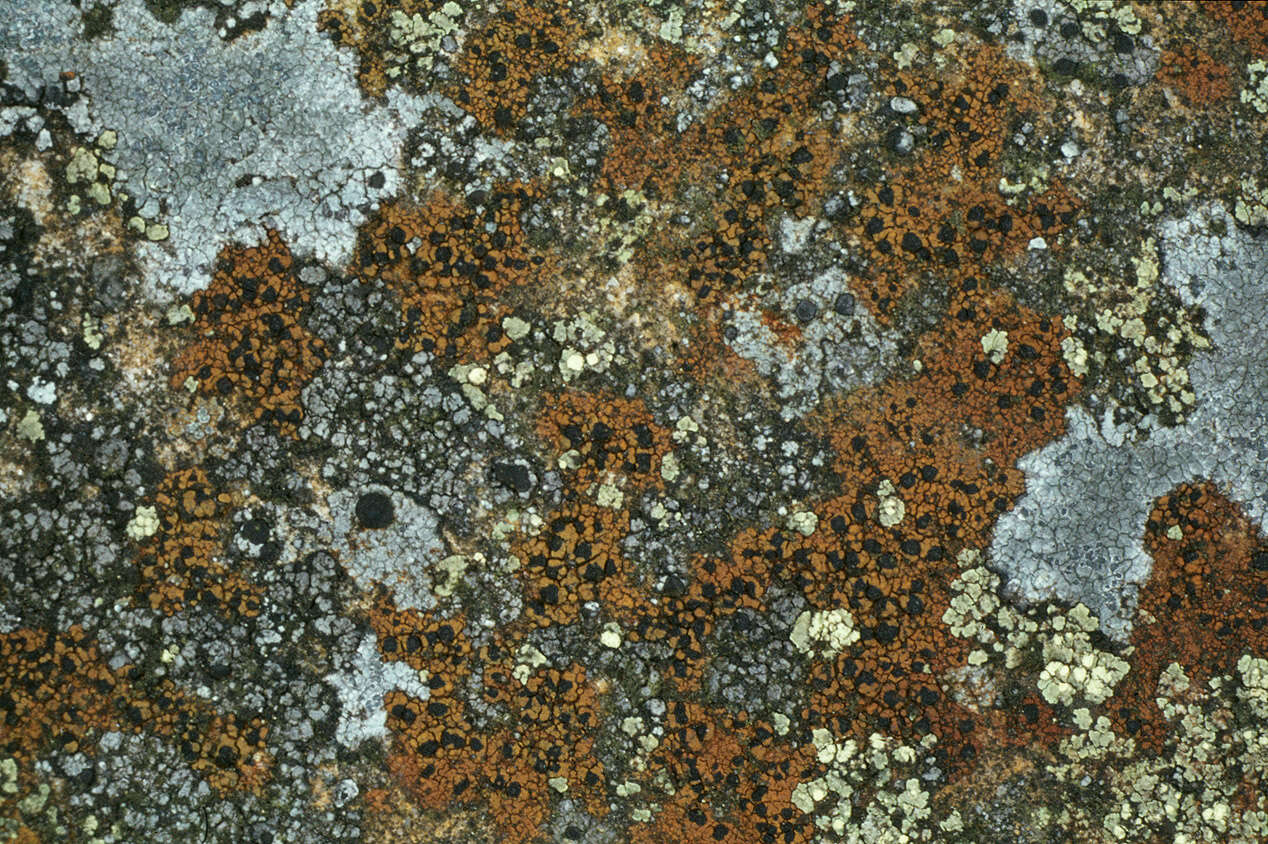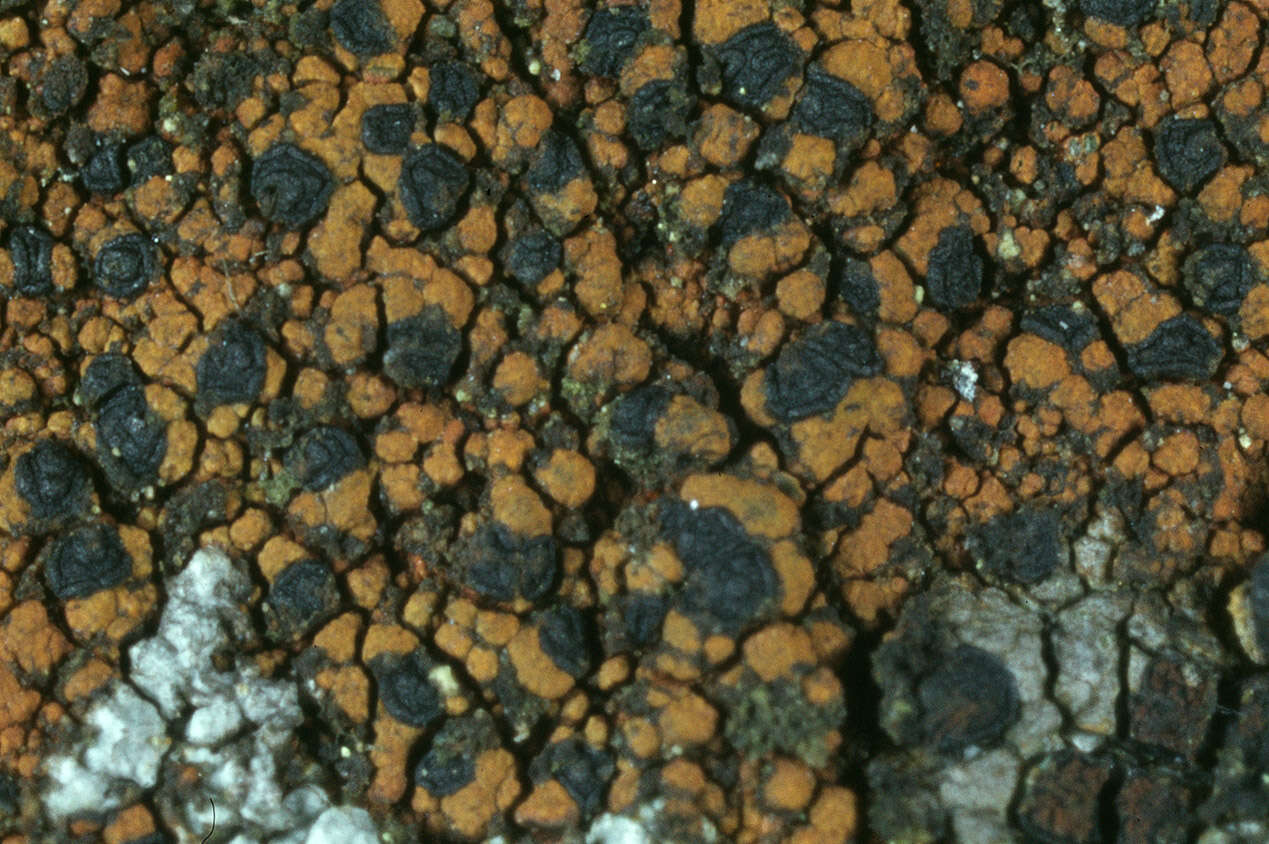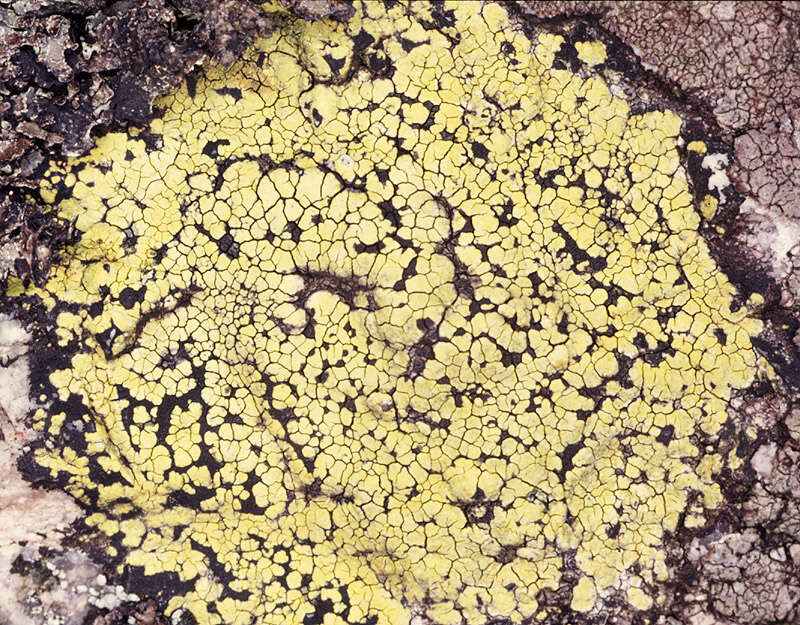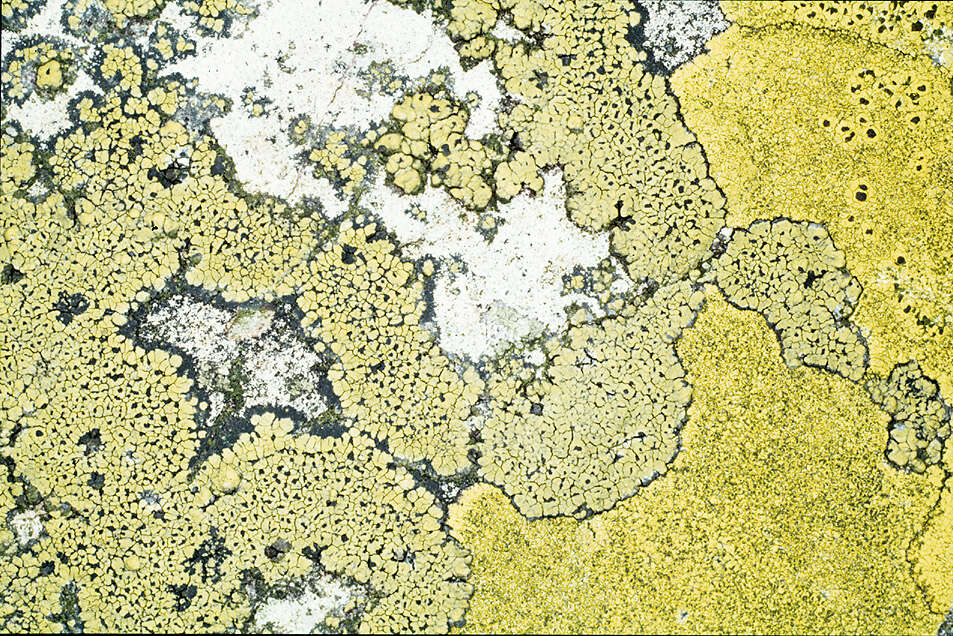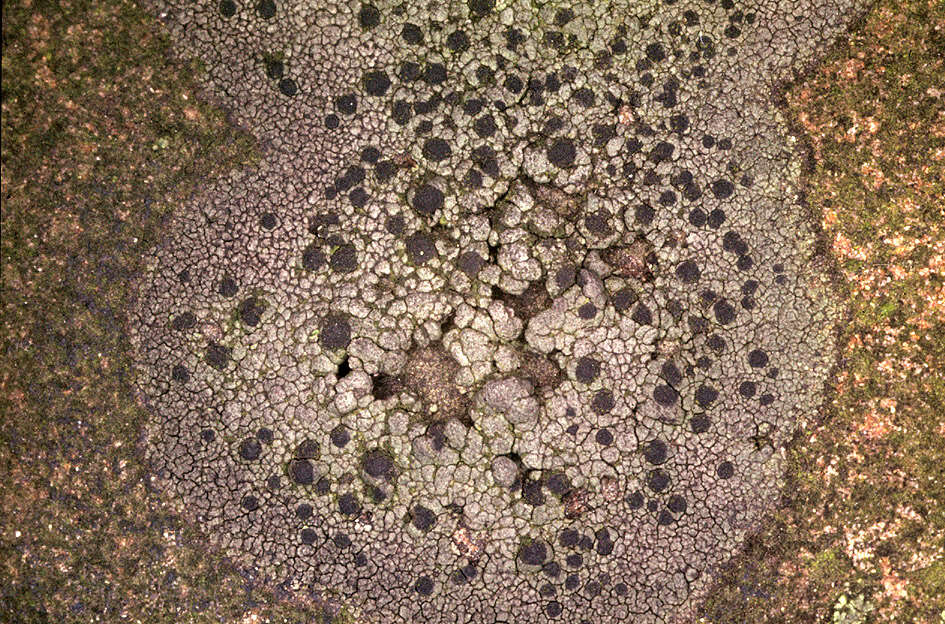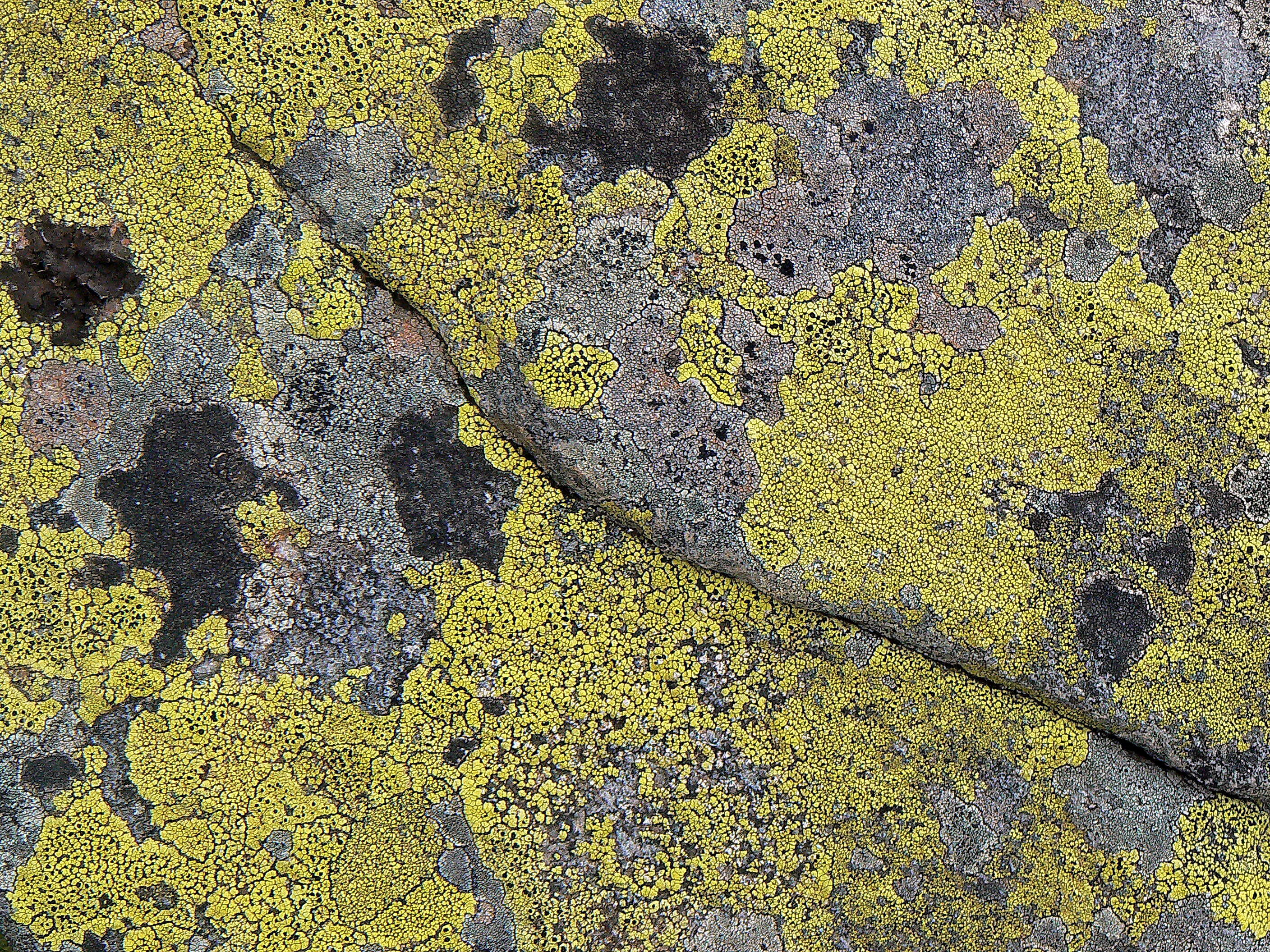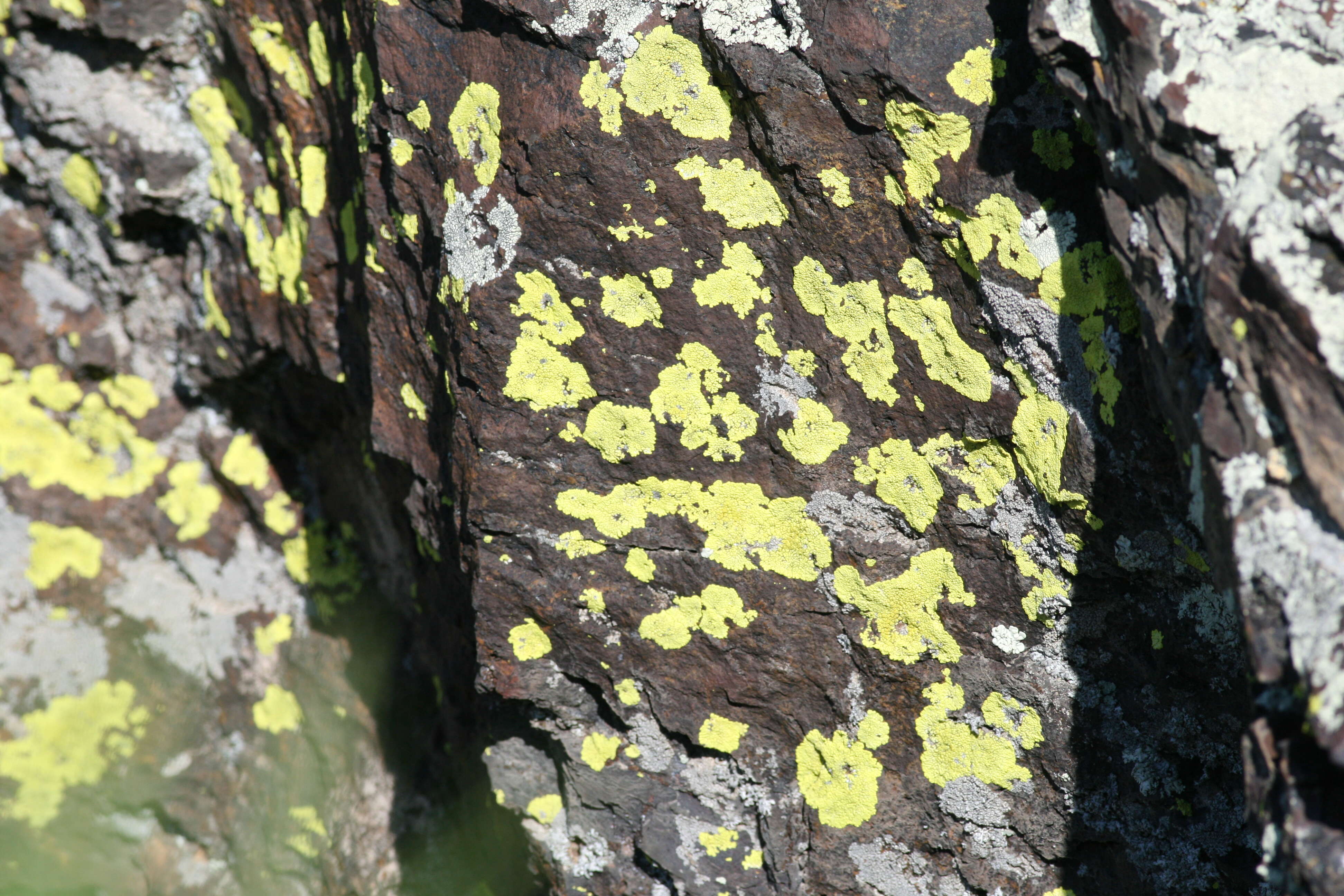-
Longitude (deg): -1.3. Latitude (deg): 51.6. Longitude (deg/min): 1° 20' W. Latitude (deg/min): 51° 40' N. Vice county name: Berks. Vice county no.: 22. Country: England. Stage: Fruitbody. Identified by: Malcolm Storey. Comment: on bare compacted sand under overhang. Category: microscope photograph. Image scaling: magnified. Photographic equipment used: Pixera Pro tethered low-resolution digital camera with Meiji microscope using CS adaptor and x.7 projection eye-piece.
-
Longitude (deg): -1.3. Latitude (deg): 51.6. Longitude (deg/min): 1° 20' W. Latitude (deg/min): 51° 40' N. Vice county name: Berks. Vice county no.: 22. Country: England. Stage: Fruitbody. Identified by: Malcolm Storey. Comment: on bare compacted sand under overhang. Category: microscope photograph. Image scaling: magnified. Photographic equipment used: Pixera Pro tethered low-resolution digital camera with Meiji microscope using CS adaptor and x.7 projection eye-piece.
-
Longitude (deg): -1.8. Latitude (deg): 53.7. Longitude (deg/min): 1° 50' W. Latitude (deg/min): 53° 50' N. Vice county name: South-west Yorks. Vice county no.: 63. Country: England. Stage: Anamorph and Teliomorph. Identified by: Peter Earland-Bennett. Comment:
. Category: standard photograph or close-up. Photographic equipment used: "35mm transparencies (on a variety of films, but Agfa CT18 in the 1960's to early 1980's followed by Fujichrome in the late 1980's.) Transparencies scanned with Minolta Dimage Scan Dual II AF-2820U transparency scanner.".
-
Longitude (deg): -0.7. Latitude (deg): 54.3. Longitude (deg/min): 0° 40' W. Latitude (deg/min): 54° 20' N. Vice county name: North-east Yorks. Vice county no.: 62. Country: England. Stage: Anamorph and Teliomorph. Identified by: Peter Earland-Bennett. Comment:
. Category: macro-photograph. Image scaling: enlarged. Photographic equipment used: "35mm transparencies (on a variety of films, but Agfa CT18 in the 1960's to early 1980's followed by Fujichrome in the late 1980's.) Transparencies scanned with Minolta Dimage Scan Dual II AF-2820U transparency scanner.".
-
Longitude (deg): -2.5. Latitude (deg): 54.3. Longitude (deg/min): 2° 30' W. Latitude (deg/min): 54° 20' N. Country: England. Stage: Teliomorph. Identified by: Malcolm Storey. Comment: on dry stone wall. Category: macro-photograph. Image scaling: enlarged. Photographic equipment used: "35mm transparencies (on a variety of films, but Agfa CT18 in the 1960's to early 1980's followed by Fujichrome in the late 1980's.) Transparencies scanned with Minolta Dimage Scan Dual II AF-2820U transparency scanner.".
-
Longitude (deg): -2.5. Latitude (deg): 54.3. Longitude (deg/min): 2° 30' W. Latitude (deg/min): 54° 20' N. Country: England. Stage: Teliomorph. Identified by: Malcolm Storey. Comment: on dry stone wall. Category: macro-photograph. Image scaling: highly enlarged. Photographic equipment used: "35mm transparencies (on a variety of films, but Agfa CT18 in the 1960's to early 1980's followed by Fujichrome in the late 1980's.) Transparencies scanned with Minolta Dimage Scan Dual II AF-2820U transparency scanner.".
-
Longitude (deg): -2.5. Latitude (deg): 54.3. Longitude (deg/min): 2° 30' W. Latitude (deg/min): 54° 20' N. Country: England. Stage: Teliomorph. Identified by: Malcolm Storey. Comment: on dry stone wall. Category: macro-photograph. Image scaling: enlarged. Photographic equipment used: "35mm transparencies (on a variety of films, but Agfa CT18 in the 1960's to early 1980's followed by Fujichrome in the late 1980's.) Transparencies scanned with Minolta Dimage Scan Dual II AF-2820U transparency scanner.".
-
Longitude (deg): -2.5. Latitude (deg): 54.3. Longitude (deg/min): 2° 30' W. Latitude (deg/min): 54° 20' N. Country: England. Stage: Teliomorph. Identified by: Malcolm Storey. Comment: on dry stone wall. Category: macro-photograph. Image scaling: highly enlarged. Photographic equipment used: "35mm transparencies (on a variety of films, but Agfa CT18 in the 1960's to early 1980's followed by Fujichrome in the late 1980's.) Transparencies scanned with Minolta Dimage Scan Dual II AF-2820U transparency scanner.".
-
Longitude (deg): -2.4. Latitude (deg): 54.1. Longitude (deg/min): 2° 30' W. Latitude (deg/min): 54° 10' N. Vice county name: Mid-west Yorks. Vice county no.: 64. Country: England. Stage: Anamorph and Teliomorph. Identified by: Peter Earland-Bennett. Comment:
. Category: microscope photograph. Image scaling: magnified. Photographic equipment used: "35mm transparencies (on a variety of films, but Agfa CT18 in the 1960's to early 1980's followed by Fujichrome in the late 1980's.) Transparencies scanned with Minolta Dimage Scan Dual II AF-2820U transparency scanner.".
-
Longitude (deg): -3.7. Latitude (deg): 50.5. Longitude (deg/min): 3° 50' W. Latitude (deg/min): 50° 40' N. Vice county name: North Devon. Vice county no.: 4. Country: England. Stage: Anamorph and Teliomorph. Identified by: Malcolm Storey. Comment:
. Category: standard photograph or close-up. Photographic equipment used: "35mm transparencies (on a variety of films, but Agfa CT18 in the 1960's to early 1980's followed by Fujichrome in the late 1980's.) Transparencies scanned with Minolta Dimage Scan Dual II AF-2820U transparency scanner.".
-
Longitude (deg): -0.7. Latitude (deg): 54.3. Longitude (deg/min): 0° 40' W. Latitude (deg/min): 54° 20' N. Vice county name: North-east Yorks. Vice county no.: 62. Country: England. Stage: Anamorph and Teliomorph. Identified by: Peter Earland-Bennett. Comment:
. Category: macro-photograph. Image scaling: enlarged. Photographic equipment used: "35mm transparencies (on a variety of films, but Agfa CT18 in the 1960's to early 1980's followed by Fujichrome in the late 1980's.) Transparencies scanned with Minolta Dimage Scan Dual II AF-2820U transparency scanner.".
-
Longitude (deg): -2.4. Latitude (deg): 54.1. Longitude (deg/min): 2° 30' W. Latitude (deg/min): 54° 10' N. Vice county name: Mid-west Yorks. Vice county no.: 64. Country: England. Stage: Anamorph and Teliomorph. Identified by: Malcolm Storey. Comment: on acid rock?
. Category: standard photograph or close-up. Photographic equipment used: "35mm transparencies (on a variety of films, but Agfa CT18 in the 1960's to early 1980's followed by Fujichrome in the late 1980's.) Transparencies scanned with Minolta Dimage Scan Dual II AF-2820U transparency scanner.".
-
Longitude (deg): -2.4. Latitude (deg): 54.1. Longitude (deg/min): 2° 30' W. Latitude (deg/min): 54° 10' N. Vice county name: Mid-west Yorks. Vice county no.: 64. Country: England. Stage: Anamorph and Teliomorph. Identified by: Malcolm Storey. Comment: on acid rock?
. Category: standard photograph or close-up. Photographic equipment used: "35mm transparencies (on a variety of films, but Agfa CT18 in the 1960's to early 1980's followed by Fujichrome in the late 1980's.) Transparencies scanned with Minolta Dimage Scan Dual II AF-2820U transparency scanner.".
-
Longitude (deg): -2.4. Latitude (deg): 54.1. Longitude (deg/min): 2° 30' W. Latitude (deg/min): 54° 10' N. Vice county name: Mid-west Yorks. Vice county no.: 64. Country: England. Stage: Anamorph and Teliomorph. Identified by: Malcolm Storey. Comment: on acid rock?
. Category: standard photograph or close-up. Photographic equipment used: "35mm transparencies (on a variety of films, but Agfa CT18 in the 1960's to early 1980's followed by Fujichrome in the late 1980's.) Transparencies scanned with Minolta Dimage Scan Dual II AF-2820U transparency scanner.".
-
Longitude (deg): -2.4. Latitude (deg): 54.1. Longitude (deg/min): 2° 30' W. Latitude (deg/min): 54° 10' N. Vice county name: Mid-west Yorks. Vice county no.: 64. Country: England. Stage: Anamorph and Teliomorph. Identified by: Malcolm Storey. Comment: on acid rock?
. Category: standard photograph or close-up. Photographic equipment used: "35mm transparencies (on a variety of films, but Agfa CT18 in the 1960's to early 1980's followed by Fujichrome in the late 1980's.) Transparencies scanned with Minolta Dimage Scan Dual II AF-2820U transparency scanner.".
-
Longitude (deg): -2.4. Latitude (deg): 54.1. Longitude (deg/min): 2° 30' W. Latitude (deg/min): 54° 10' N. Vice county name: Mid-west Yorks. Vice county no.: 64. Country: England. Stage: Anamorph and Teliomorph. Identified by: Malcolm Storey. Comment: on acid rock?
. Category: standard photograph or close-up. Photographic equipment used: "35mm transparencies (on a variety of films, but Agfa CT18 in the 1960's to early 1980's followed by Fujichrome in the late 1980's.) Transparencies scanned with Minolta Dimage Scan Dual II AF-2820U transparency scanner.".
-
Longitude (deg): -1.8. Latitude (deg): 53.7. Longitude (deg/min): 1° 50' W. Latitude (deg/min): 53° 50' N. Vice county name: South-west Yorks. Vice county no.: 63. Country: England. Stage: Anamorph and Teliomorph. Identified by: Peter Earland-Bennett. Comment:
. Category: standard photograph or close-up. Photographic equipment used: "35mm transparencies (on a variety of films, but Agfa CT18 in the 1960's to early 1980's followed by Fujichrome in the late 1980's.) Transparencies scanned with Minolta Dimage Scan Dual II AF-2820U transparency scanner.".
-
Longitude (deg): -1.8. Latitude (deg): 53.8. Longitude (deg/min): 1° 50' W. Latitude (deg/min): 53° 50' N. Vice county name: Mid-west Yorks. Vice county no.: 64. Country: England. Stage: Anamorph and Teliomorph. Identified by: Peter Earland-Bennett. Comment: on gravestone
. Category: standard photograph or close-up. Photographic equipment used: "35mm transparencies (on a variety of films, but Agfa CT18 in the 1960's to early 1980's followed by Fujichrome in the late 1980's.) Transparencies scanned with Minolta Dimage Scan Dual II AF-2820U transparency scanner.".
-
Stakkholtsgj, South-Iceland, 1979.
-
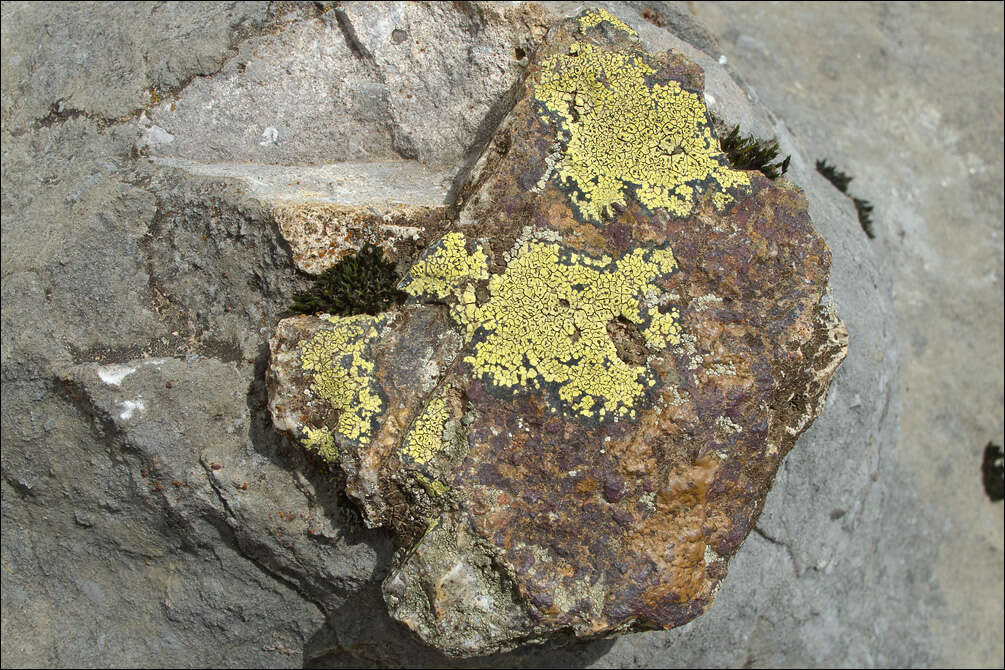
Rhizocarpon geographicum (L.) DC, syn.: Rhizocarpon riparium RsMap Lichen, DE.: LankartenflechteSlo.: zemljevidni skorjevecDat.: July 4. 2016Lat.: 46.21318 Long.: 13.54701Code: Bot_983/2016_IMG0758 Habitat: mountain grassland, moderately steep mountain slope, south aspect; on the border of limestone and flysh bedrock; open place, full sun, moist place; exposed to direct rain; elevation 1.400 m (4.600 feet); average precipitations ~ 3.000 mm/year, average temperature 3-5 deg C, pre-alpine phytogeographical region. Substratum: small inclusions of hard, smooth, siliceous rock in bare, exposed calcareous (limestone or dolomite) bedrock.Place: Mont Matajur region, next to the trail from village Livek to Mt. Matajur, west of Planina Matajur, Julian Pre-Alps, Posoje, Slovenia EC. Comment: Rhizocarpon geographicum is beautiful, conspicuous lichen, which is very common in the regions with siliceous, acid ground. But in Slovenia it is rather a rare find because of the lack of such ground. With its bright yellow thallus, black apothecia and black prothallus and characteristically areolate pattern of the thallus, which coarsely resembles a map, it is superficially easy to determine. However the Rhizocarpon geographicum group is extremely polymorphic, still poorly understood species complex. Several taxa have been separated with slightly different chemistry, spore properties and/or habit. The thallus of Rhizocarpon geographicum grows very slowly, only about 0.1 mm per year (Ref.4). The largest thalli can be much more than thousand years old. This slow hrouth is used in global warming studies. Retreat of glaciers can be measured by measuring thalli diameter along valleys with retreating glaciers.Thalli up to 10 x 6 cm large.Ref.:(1) F.S. Dobson, Lichens, The Richmonds Publishing Ca.LTD (2005), p 386.(2) V. Wirth, Die Flechten Baden-Wrttembergs, Teil.2., Ulmer (1995), p 812.(3) V. Wirth, R. Duell, Farbatlas Flechten und Moose, Ulmer, (2000), p 137.(4) B. Marbach, C. Kainz, Moose, Farne und Flechten, BLV Naturfrer (2002), p 90.(5) C.W.Smith, et all, The lichens of Great Britain and Ireland, The British Lichen Society, (2009), p 800.(6) I.M. Brodo, S.D. Sharnoff, S. Sharnoff, Lichens of North America, Yale Uni. Press (2001), p 635.
-
Moncayo: ZaragozaEspaa.El de color amarillo
-

Rhizocarpon geographicum (L.) DC, syn.: Rhizocarpon riparium RsMap Lichen, DE.: LankartenflechteSlo.: zemljevidni skorjevecDat.: July 4. 2016Lat.: 46.21318 Long.: 13.54701Code: Bot_983/2016_IMG0758 Habitat: mountain grassland, moderately steep mountain slope, south aspect; on the border of limestone and flysh bedrock; open place, full sun, moist place; exposed to direct rain; elevation 1.400 m (4.600 feet); average precipitations ~ 3.000 mm/year, average temperature 3-5 deg C, pre-alpine phytogeographical region. Substratum: small inclusions of hard, smooth, siliceous rock in bare, exposed calcareous (limestone or dolomite) bedrock.Place: Mont Matajur region, next to the trail from village Livek to Mt. Matajur, west of Planina Matajur, Julian Pre-Alps, Posoje, Slovenia EC. Comment: Rhizocarpon geographicum is beautiful, conspicuous lichen, which is very common in the regions with siliceous, acid ground. But in Slovenia it is rather a rare find because of the lack of such ground. With its bright yellow thallus, black apothecia and black prothallus and characteristically areolate pattern of the thallus, which coarsely resembles a map, it is superficially easy to determine. However the Rhizocarpon geographicum group is extremely polymorphic, still poorly understood species complex. Several taxa have been separated with slightly different chemistry, spore properties and/or habit. The thallus of Rhizocarpon geographicum grows very slowly, only about 0.1 mm per year (Ref.4). The largest thalli can be much more than thousand years old. This slow hrouth is used in global warming studies. Retreat of glaciers can be measured by measuring thalli diameter along valleys with retreating glaciers.Thalli up to 10 x 6 cm large.Ref.:(1) F.S. Dobson, Lichens, The Richmonds Publishing Ca.LTD (2005), p 386.(2) V. Wirth, Die Flechten Baden-Wrttembergs, Teil.2., Ulmer (1995), p 812.(3) V. Wirth, R. Duell, Farbatlas Flechten und Moose, Ulmer, (2000), p 137.(4) B. Marbach, C. Kainz, Moose, Farne und Flechten, BLV Naturfrer (2002), p 90.(5) C.W.Smith, et all, The lichens of Great Britain and Ireland, The British Lichen Society, (2009), p 800.(6) I.M. Brodo, S.D. Sharnoff, S. Sharnoff, Lichens of North America, Yale Uni. Press (2001), p 635.
-
Keystone, South Dakota, United States
-
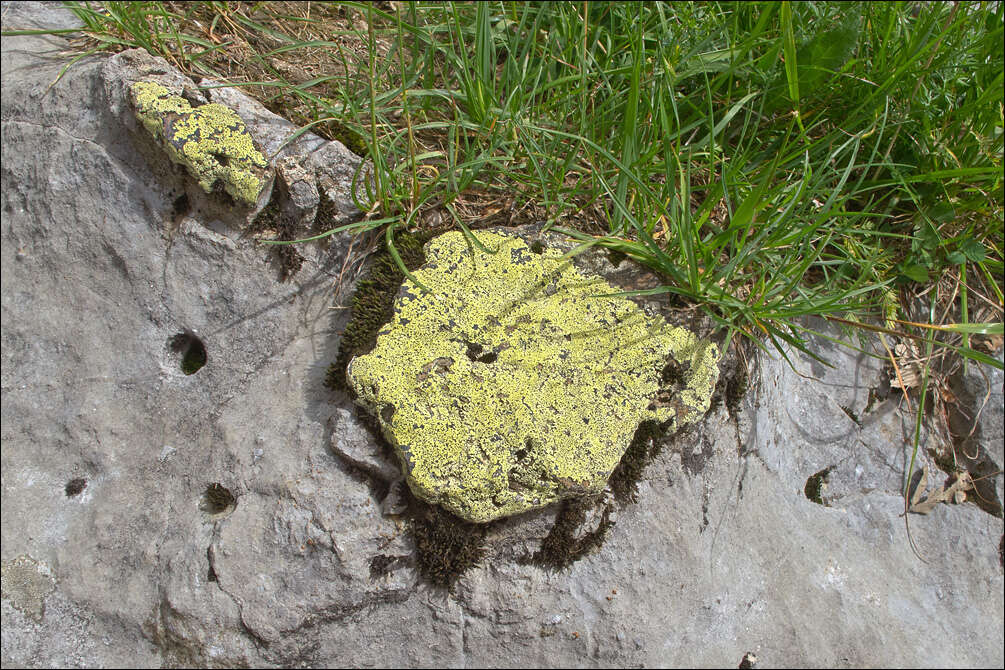
Rhizocarpon geographicum (L.) DC, syn.: Rhizocarpon riparium RsMap Lichen, DE.: LankartenflechteSlo.: zemljevidni skorjevecDat.: July 4. 2016Lat.: 46.21318 Long.: 13.54701Code: Bot_983/2016_IMG0758 Habitat: mountain grassland, moderately steep mountain slope, south aspect; on the border of limestone and flysh bedrock; open place, full sun, moist place; exposed to direct rain; elevation 1.400 m (4.600 feet); average precipitations ~ 3.000 mm/year, average temperature 3-5 deg C, pre-alpine phytogeographical region. Substratum: small inclusions of hard, smooth, siliceous rock in bare, exposed calcareous (limestone or dolomite) bedrock.Place: Mont Matajur region, next to the trail from village Livek to Mt. Matajur, west of Planina Matajur, Julian Pre-Alps, Posoje, Slovenia EC. Comment: Rhizocarpon geographicum is beautiful, conspicuous lichen, which is very common in the regions with siliceous, acid ground. But in Slovenia it is rather a rare find because of the lack of such ground. With its bright yellow thallus, black apothecia and black prothallus and characteristically areolate pattern of the thallus, which coarsely resembles a map, it is superficially easy to determine. However the Rhizocarpon geographicum group is extremely polymorphic, still poorly understood species complex. Several taxa have been separated with slightly different chemistry, spore properties and/or habit. The thallus of Rhizocarpon geographicum grows very slowly, only about 0.1 mm per year (Ref.4). The largest thalli can be much more than thousand years old. This slow hrouth is used in global warming studies. Retreat of glaciers can be measured by measuring thalli diameter along valleys with retreating glaciers.Thalli up to 10 x 6 cm large.Ref.:(1) F.S. Dobson, Lichens, The Richmonds Publishing Ca.LTD (2005), p 386.(2) V. Wirth, Die Flechten Baden-Wrttembergs, Teil.2., Ulmer (1995), p 812.(3) V. Wirth, R. Duell, Farbatlas Flechten und Moose, Ulmer, (2000), p 137.(4) B. Marbach, C. Kainz, Moose, Farne und Flechten, BLV Naturfrer (2002), p 90.(5) C.W.Smith, et all, The lichens of Great Britain and Ireland, The British Lichen Society, (2009), p 800.(6) I.M. Brodo, S.D. Sharnoff, S. Sharnoff, Lichens of North America, Yale Uni. Press (2001), p 635.

